Mid Range Speaker Box Design for Car
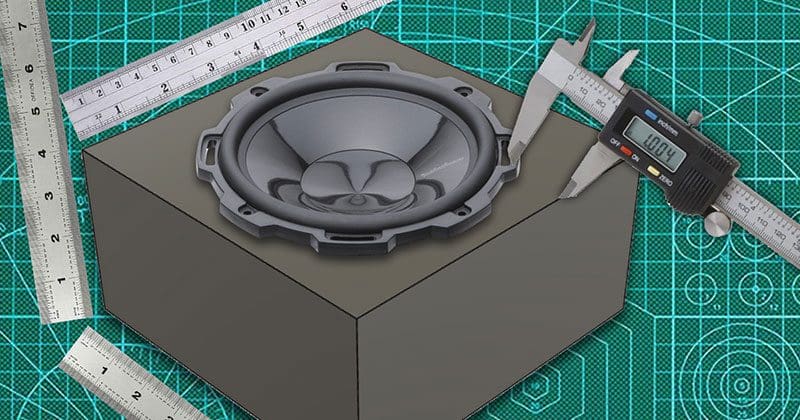
Dash pods, kick-panel enclosures and sealed enclosures in doors might look cool, but they aren't always an ideal solution for a speaker that will attempt to produce bass. In this context, when we talk about bass, we are discussing audio frequencies below about 300 Hz. In this range, most drivers with a cone diameter of 4 inches or more can play down to around 125 Hz or lower. If the enclosure used with the speaker is too small, you'll end up with unwanted distortion and limited low-frequency extension.
Modeling Speaker Behavior
Anytime a speaker will be used at frequencies below 300 Hz, we need to ensure that there's enough air volume behind the driver so as not to affect the overall system compliance. In a sealed enclosure, air acts as a spring. This spring adds to the compliance of the speaker to form a high-pass filter. Yes, we have the benefit of increased physical power handling, but we trade bass output.
For this example, we'll use a 6.5-inch midrange driver that's been designed for infinite-baffle installations in the doors of a car or truck or on the rear parcel shelf of a sedan. The graph below shows the driver's predicted frequency response in an enclosure with an air volume of about 3 cubic feet. This enclosure is large enough to simulate an infinite-baffle installation.
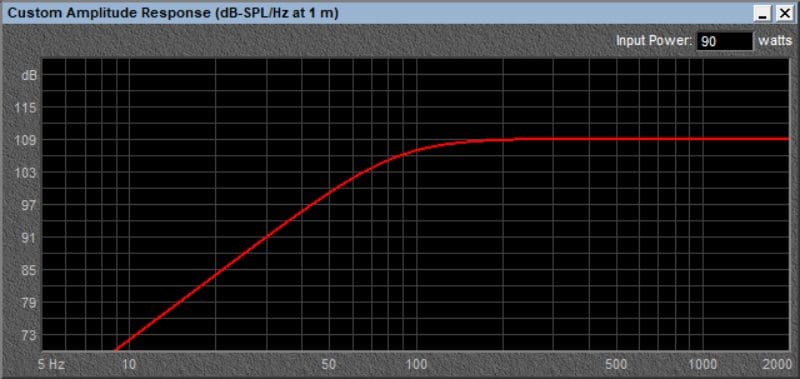
In this application, the driver's -3 dB point is acceptable at 89.15 Hz, and the system has a Q of 0.672. Both calculations indicate that this mounting location will work superbly when combined with a subwoofer.
Small Speaker Enclosures
What if someone who doesn't have experience using speaker modeling software decides they want to install this speaker in a pod in the kick panel of a car or, worse, on the vehicle's dash? Let's be generous and assume this pod has an internal air volume of about 2 liters or 0.07 cubic feet. What happens to the frequency response of our mid-woofer?
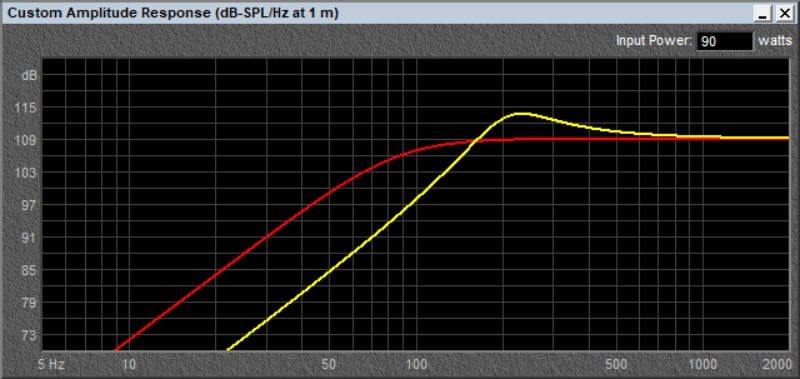
Our enclosure modeling software shows a peak of 4.5 dB at 236 Hz. The system Q has jumped to an unruly 1.605. Equally troublesome is the fact that bass output has been reduced dramatically. This small pod has choked the woofer, and it's now producing 10.3 dB less output at 90 Hz.
Can We Fix This With an Equalizer?
To the uninitiated, it would seem that applying some equalization might fix the problem. If we keep the volume levels low, we could theoretically add some low-frequency equalization to compensate for output at 90 Hz. With that said, we'll need to send almost 11 times as much power at 90 Hz for the same amount of output in a properly-sized enclosure.
Unfortunately, while we can tame the peak at 235 Hz, we can't eliminate the resonance that caused it and the associated distortion. When the cone assembly's mass, the compliance of the suspension and the compliance of the air in the enclosure interact, there's a frequency where a small amount of input produces a disproportionally large amount of output. We call this the resonance frequency.
The Qtc value describes the size of the resonance. When looking at Thiele/Small parameters and calculating a driver's behavior and an enclosure, the Qtc, or Total System Q tells us how prominent a peak in response is. It's a unitless number in SPL, but software like BassBox Pro or Term-PRO can offer an accurate prediction.
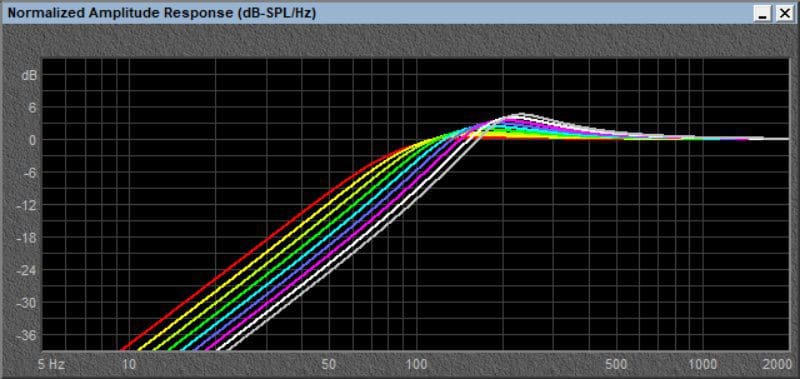
In most cases, we want to keep the Qtc value under 0.8 or maybe 0.9 to limit distortion. These suggested limits apply to woofers in speaker pods as well as subwoofers in their enclosures. If you want your music to sound tight and controlled with no resonance or ringing, then choosing a large enough enclosure is crucial.
Pick the Right Speakers for Your Application
Suppose the audio system design for your vehicle calls for relatively large mid-woofers (4 to 6.5 inches) to be mounted in an enclosure. In that case, it's paramount that you work with the shop to make sure the enclosure will be large enough or to pick a low-Q driver. As a second example, we model the behavior of a 6.5-inch woofer with a Qts of 0.48 in the same two enclosures.
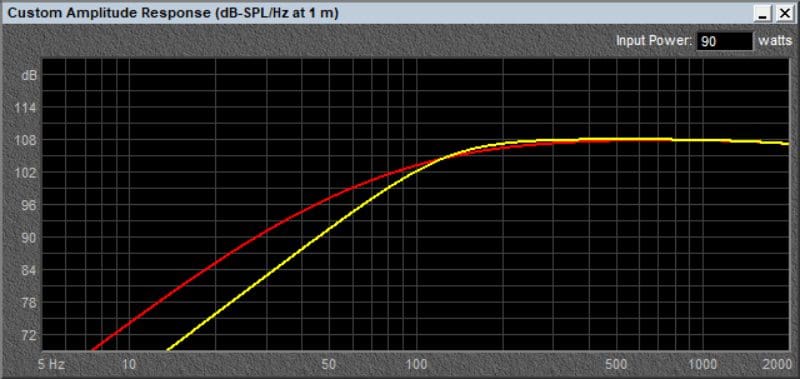
Why Midrange Distortion Is Objectionable
If you were to talk into a real-time audio analyzer, you'd find that most male voices have the majority of their energy focused between 100 and 1000 Hz. If there's any emphasis or distortion through this range, voices will sound unnatural and unbalanced.
Ultimately, designing a car audio system upgrade requires that the Product Specialist and installer you are working with balance speaker size with the available mounting locations in your vehicle. If a pod needs to be built, you may find that a smaller speaker will deliver a smoother frequency response with less distortion. It's counterintuitive, but that's just the way it works.
Mid Range Speaker Box Design for Car
Source: https://www.bestcaraudio.com/why-mid-woofers-wont-work-well-in-small-speaker-enclosures/
0 Response to "Mid Range Speaker Box Design for Car"
Post a Comment